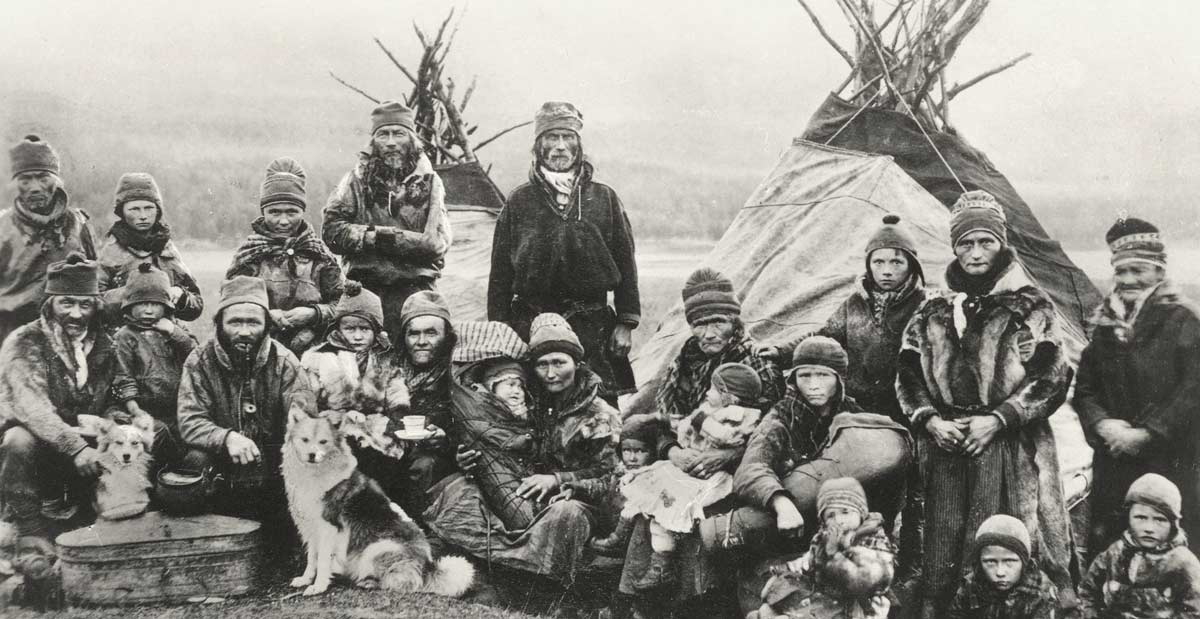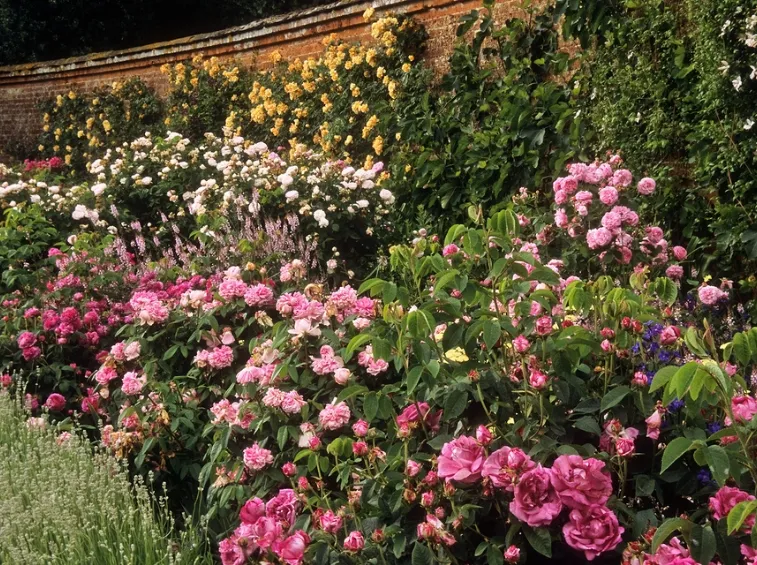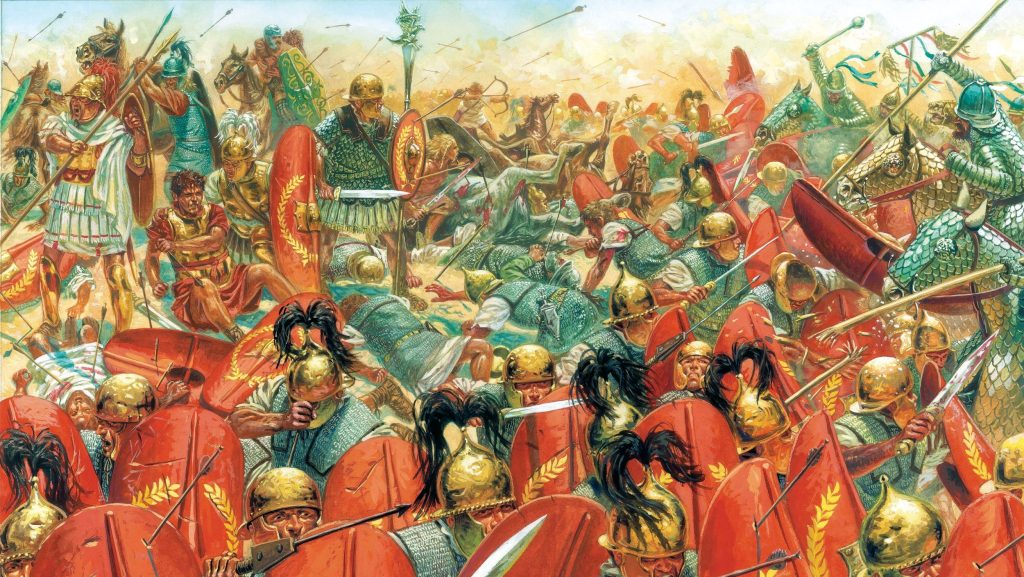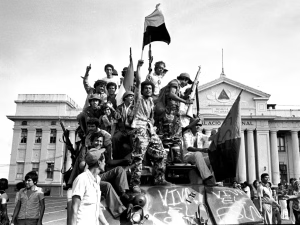Who are the Sami? The Sami (Sámi) are the Indigenous people of northern Norway, Sweden, Finland, and Russia’s Kola Peninsula. During the Viking Age they lived mostly inland as semi-nomadic hunters and fishers, perfectly adapted to the Arctic. While medieval Europeans often saw Vikings as “heathen Northmen,” Vikings, in turn, viewed the Sami as their own “others”—distinct but familiar neighbors with whom they traded, intermarried, and exchanged skills and beliefs.
Where the Sami Came From
The Sami homeland—today often called Sápmi—stretches across the far north of Scandinavia and into northwest Russia. The older term “Lapland” and “Lapp” are now widely considered offensive.
At least ten Sami languages survive, all in the Uralic family (related, distantly, to Finnish, Estonian, and Hungarian). Archaeology points to a deep presence in the region (with rock carvings possibly 10,000 years old), and written sources from the first millennium CE—Tacitus’s “Fenni,” Ptolemy’s “Phinnoi,” later “Skridfinns”—likely describe communities we would recognize as Sami. In Old Norse sources, “Finn” commonly referred to the Sami.
How the Sami Lived
Life followed the Arctic seasons. Sami families moved between fishing waters, hunting grounds, and later, reindeer pastures. They traveled by ski, small boat, and on foot, living in portable hide tents they could raise and strike quickly.
- Hunting & Herding: Reindeer were central—first hunted with stone “siedi” scarecrows, pitfalls, and shooting blinds; later herded. Sami also pursued small furbearers (squirrel, ermine, fox) and fished rivers and coasts.
- Skill & Speed: Norse saga writers marveled at Sami tracking and skiing, calling them unmatched in winter country.
- Ritual & Respect for Animals: Bears held a special, sacred place; archaeological finds show ritual bear burials, and songs suggest beliefs about gaining a bear’s strength and senses.

Vikings and Sami: Trade, Work, Marriage
Although Vikings clustered on coasts and Sami ranged inland, their worlds overlapped—especially in northern Norway.
- Trade: Vikings sought furs, skins, and marine products; the Sami received metal goods and protection. The chieftain Ohthere of Hålogaland told King Alfred of Wessex that tribute/goods from the Sami were a key income stream.
- Boats & Craft: Norwegians considered some Sami boatbuilding superior for heavy work (whaling). Finds include a ship sewn with reindeer sinew, reflecting Sami techniques; a Norwegian king reportedly hired Sami craftsmen and wintered with them during construction.
- Intermarriage: Names like Halffinnr (“half-Sami”) appear in records, and saga traditions say Harald Fairhair married a Sami woman, Snæfríðr, with whom he had four sons.

Sami Belief: A Living, Layered Cosmos
Sami spirituality was animist—landscapes, stones, lakes, herds, and places had spirit. Their cosmos often appears in three tiers:
- Upper world (south/white): warmth, life
- Middle world (red): humans and daily living
- Lower world (north/black): underworld
Contact points with Norse myth are striking. The thunder-god Horagalles (with a hammer) echoes Thor, while the skiing huntress Skadi—a Norse giantess adopted by the gods—mirrors Arctic hunting culture.
Noaidis and the Drum: Sami Magic
Norse texts repeatedly cast the Sami as powerful ritual specialists. The noaidi (shaman) used a painted drum for trance and divination; small markers bounced on the drum’s surface to answer questions or guide journeys in spirit. Medieval accounts describe soul-journeys (sometimes called gandus), battles between spirits, and the noaidi’s life bound to outcomes in the spirit world.
From Coexistence to Assimilation
During the Viking Age, Norse communities largely tolerated and traded with the Sami rather than converting them. Systematic Christianization and state pressure rose much later—from the 16th to 19th centuries, as Norway and Sweden asserted control over the north. Policies of forced assimilation damaged language, livelihoods, and ritual life.
Today, Sami parliaments, cultural revitalization, and language programs work to repair that loss—even as climate change threatens traditional herding routes, sea ice, and seasonal rhythms that sustained Sami life for millennia.
Why This Story Matters
To medieval Europeans, Vikings were the “other.” To Vikings, the Sami were their own frontier neighbors—partners, spouses, teachers, and rivals. Seeing both peoples together restores the northern edge of Europe as a shared contact zone, not a blank on the map: a place where exchange ran both ways and Indigenous knowledge made survival in the Arctic possible.
Key Takeaways
- The Sami are the Indigenous people of Arctic Fennoscandia and the Kola Peninsula, speaking Uralic languages and living for centuries by hunting, fishing, and reindeer lifeways.
- Vikings and Sami interacted constantly—through trade, craft, marriage, and myth—even while marking each other as “different.”
- Sami religion blended animism with a three-tier cosmos, noaidi drum practice, and deities paralleling Norse figures.
- Modern Sami communities continue to revitalize culture and language while facing environmental change in the far north.










































